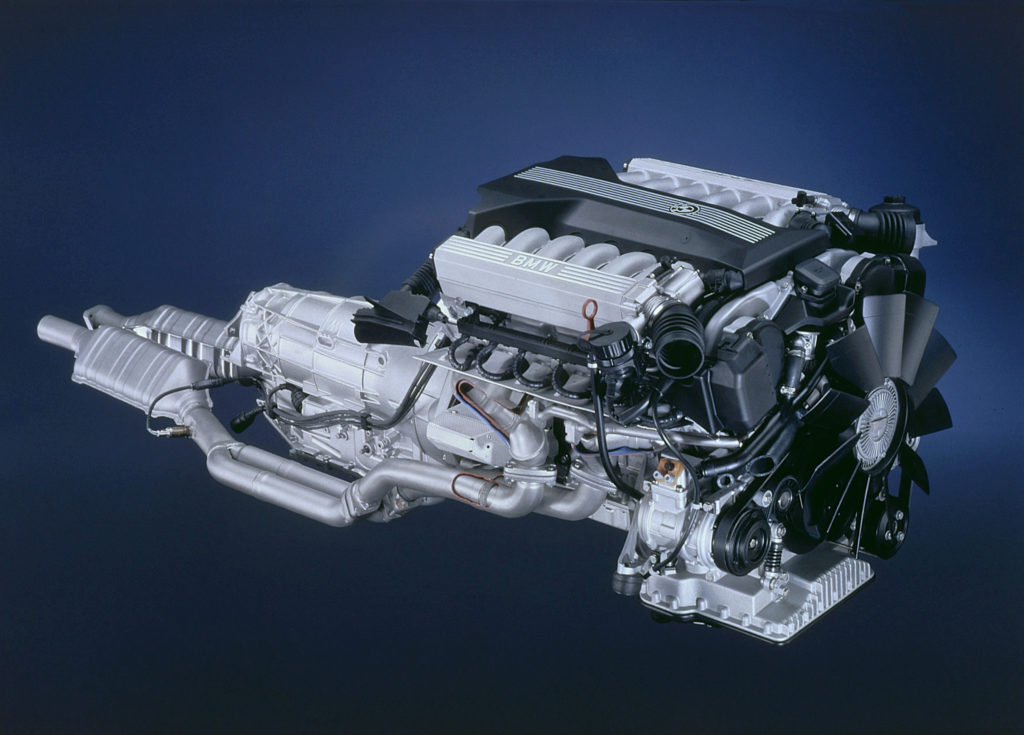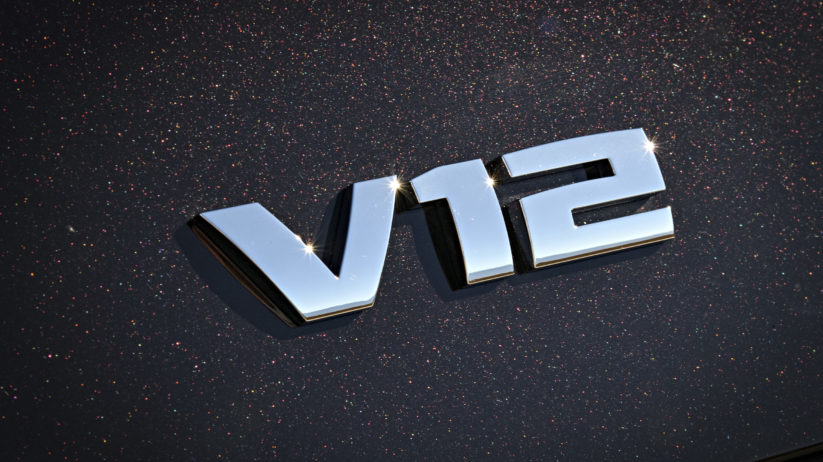We love the BMW V12. Proven exceptionally adaptable through four successive generations, BMW’s V12 has powered cars such as the 7 Series and McLaren F1, and has helped secure outright Le Mans victories on two separate occasions. These days, the BMW V12 focused more on luxury than performance, with applications such as the (still incredibly fast) M760i, and the Rolls-Royce lineup, which includes the exalted Cullinan. Nevertheless, it’s still one of our favorite BMW engines, as it is perhaps the ultimate outgrowth of the automaker’s core competency, the inline-six.
In addition to complexity and status, V12 engines are particularly well known for linear power delivery and smooth operation throughout the rev-range. Just as an inline-six is inherently balanced, so are two of them operating off the same crankshaft, and BMW’s design is no exception. In a recent TikTok video, an Ohio Rolls-Royce dealer demonstrated just how smooth they can be, by balancing a nickel on top of a Cullinan’s N74B68 6.75-liter V12 engine.
@jordantsanford Placing a nickel on a running Rolls-Royce engine 😱 #fyp #foryou #carsoftiktok #luxury
It takes a few seconds to stand the coin up on its own, but the result is clear; the controlled combustion occurring within the cylinders beneath is so refined that the nickel is able to stand on its edge, undisturbed.
This isn’t the first time we’ve seen such feats. It’s been done with a BMW V12 before, and perhaps even more impressive, considering the engine is both started and revved, all while the coin remains stationary. Perhaps the most famous demonstration, however, didn’t come from BMW, or even a V12. It was actually Lexus, nearly 30 years ago, with the LS400. Today, there are countless videos of people giving it a try on YouTube, whether with a coin, or perhaps more impressively, with a stack of champagne glasses on the hood, just like in the original Lexus commercial from the early 1990s—which Aiko Toyoda recreated with an LS500 fairly recently.

Lexus doesn’t just do it with an idling engine, and they didn’t stop at revving it to 6,000 with a glass of water sitting on the intake manifold, either. The full Lexus test involves a 140-mph dyno run, complete with the champagne glasses stacked high on the hood.
We know that inline-sixes, V8s, and V12s are inherently balanced, but what’s really going on here? A lot of it actually has to do with engine mounts. When the LS400 was new, the model came a specially designed set of engine mounts, which use a combination of chambers for air and fluid, along with diaphragms, to keep the engine isolated from the vehicle. The latest outgrowth of hydraulic engine mounts are those filled with magnetorheological fluid, which can be tightened or stiffened through the use of electrical current. Just like adjustable dampers, engine harshness and vibration can be manipulated as part of the driving experience through the touch of a button.
Neither the BMW 7 Series nor the Rolls-Royce portfolio uses adjustable mounts like these yet, but we wouldn’t be surprised to see them in upcoming models before too long.—Alex Tock





















